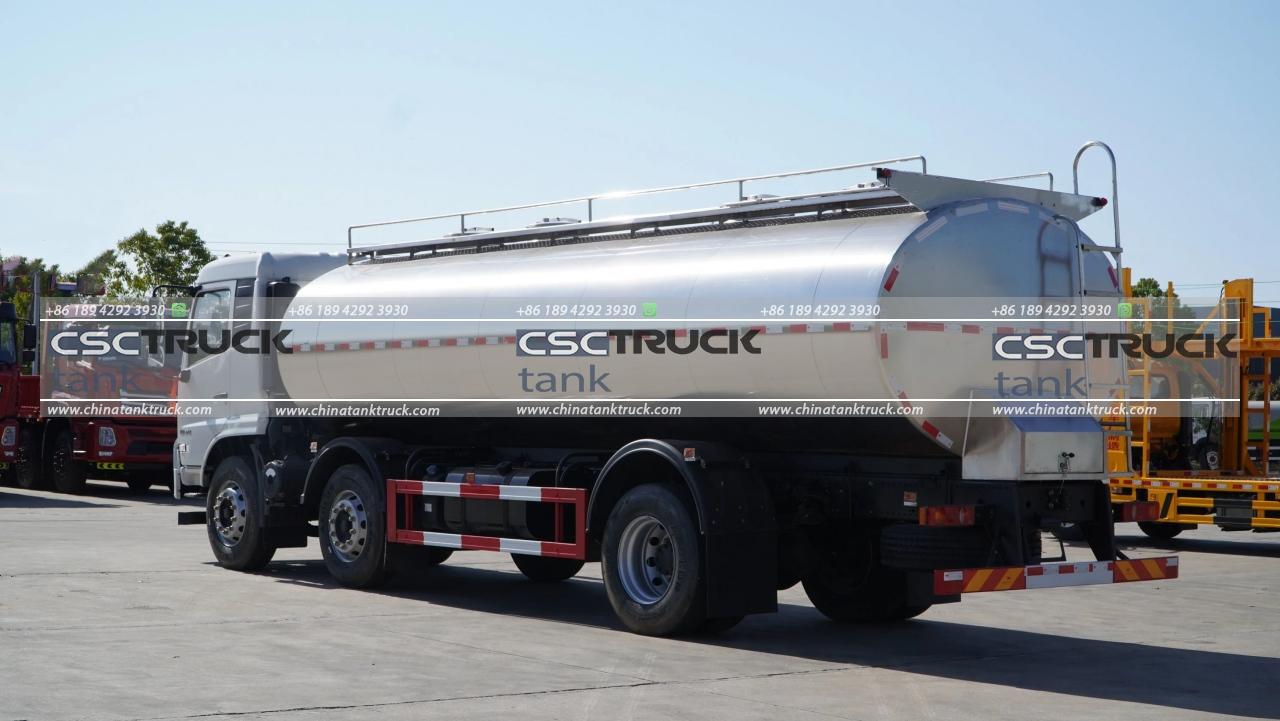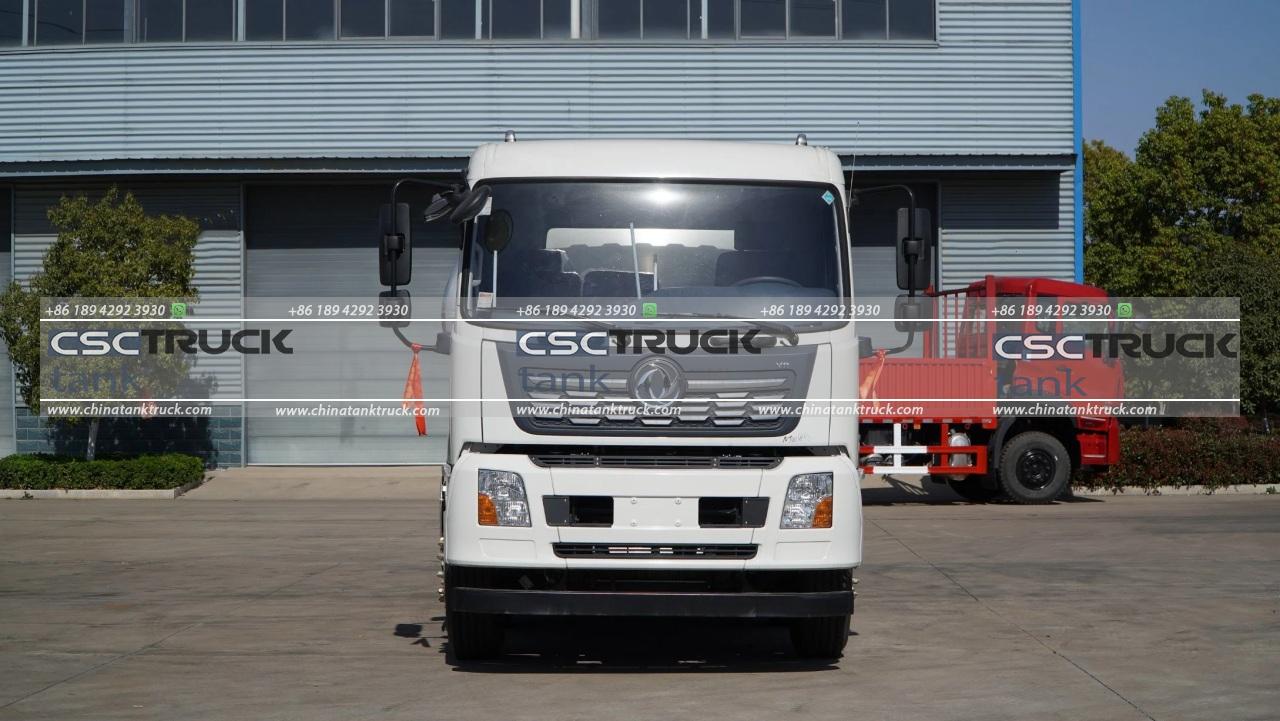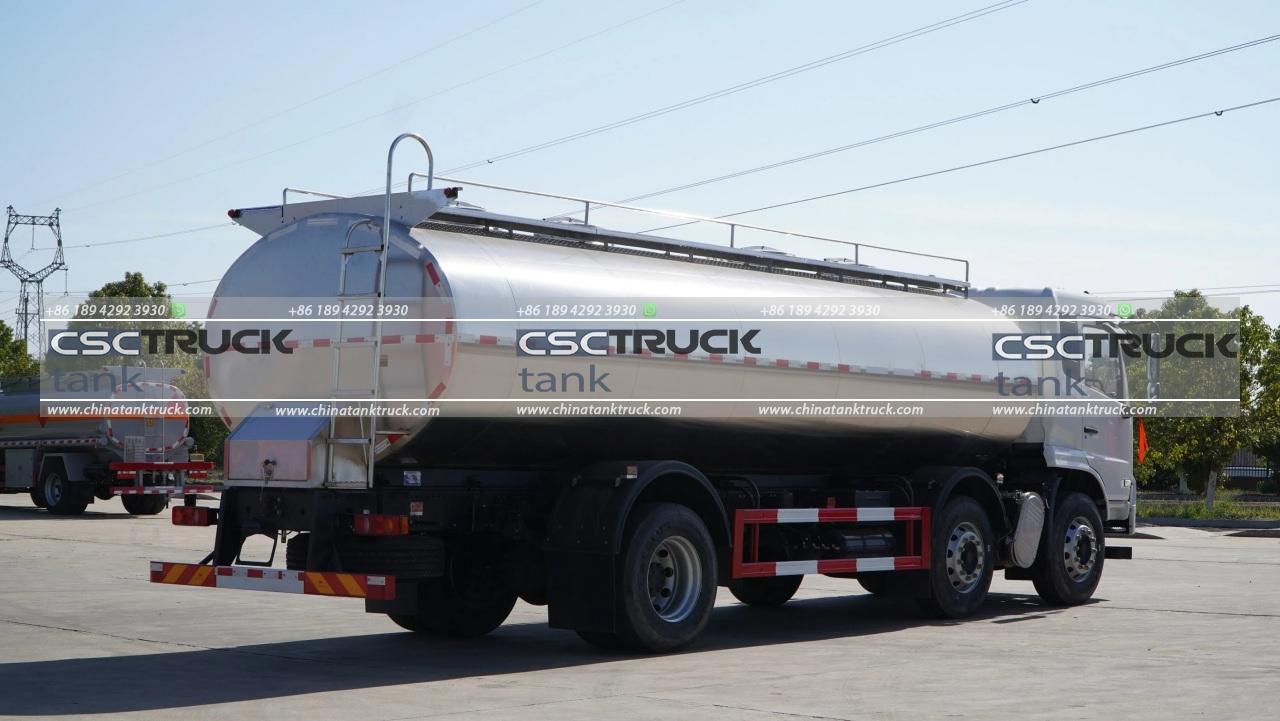How Do They Clean Milk Tankers?
Milk is one of the most consumed beverages worldwide, playing a crucial role in the diet of millions of people. The journey of milk from the farm to your fridge involves several steps, and one of the most critical components of this supply chain is the milk tanker. Milk tankers are large vehicles specially designed to transport raw milk from dairy farms to processing plants. Given the perishable nature of milk, maintaining the cleanliness and hygiene of these tankers is paramount. This article will explore the rigorous procedures involved in cleaning milk tankers, ensuring that the milk remains safe for consumption.
1. Importance of Cleaning Milk Tankers
Before delving into the cleaning process, it is essential to understand why cleaning milk tankers is so critical. Milk is a highly perishable product, and any contamination can lead to spoilage, off-flavors, or even the growth of harmful bacteria. Since milk is a nutrient-rich liquid, it can quickly become a breeding ground for bacteria if the tankers are not properly cleaned. Moreover, milk residues can cling to the inner surfaces of the tank, leading to the buildup of biofilms, which are difficult to remove and can harbor pathogens.
Ensuring the tankers are thoroughly cleaned prevents cross-contamination between different batches of milk, maintains the quality of the milk, and complies with stringent food safety regulations. The cleaning process is not just a matter of quality control but also a legal requirement, with regulations varying from country to country but generally demanding strict adherence to hygiene standards.

2. Step-by-Step Cleaning Process
The cleaning of milk tankers is a systematic process that typically involves several steps, each designed to eliminate different types of contaminants.
a. Pre-Rinse
The first step in cleaning a milk tanker is the pre-rinse. As soon as the milk is unloaded from the tanker at the processing plant, the cleaning process begins. The tanker is immediately rinsed with lukewarm water (typically around 40°C or 104°F) to remove any residual milk. This step is crucial as it helps to loosen and remove the bulk of the milk residues. The water temperature is carefully controlled; if it’s too hot, it can cause milk proteins to coagulate and stick to the tank walls, making them harder to clean.
b. Detergent Wash
After the pre-rinse, the next step is the detergent wash. A specialized food-grade detergent is introduced into the tanker, which is then filled with water. The choice of detergent is crucial; it must be effective in breaking down milk fats and proteins without leaving any harmful residues. The detergent wash is typically carried out using an automated cleaning system that sprays the detergent solution onto the interior surfaces of the tank.
The detergent wash usually involves a process known as CIP (Clean-In-Place). CIP systems are automated cleaning systems that allow the internal surfaces of pipes, vessels, and tanks to be cleaned without disassembly. In the case of milk tankers, the detergent solution is circulated through the tank for a set period, ensuring that all surfaces are thoroughly cleaned. The solution is heated to a specific temperature, usually around 60-70°C (140-158°F), which helps to break down any remaining fats and proteins.
c. Post-Rinse
Once the detergent wash is complete, the tank is rinsed again with clean water. This post-rinse is essential to remove any remaining detergent and dislodged residues from the tank. Like the pre-rinse, the water temperature is carefully controlled to avoid causing any coagulation of milk proteins. The post-rinse also ensures that the tank is free from any chemical residues that could contaminate the next load of milk.
d. Sanitization
The final cleaning step is sanitization. Even after thorough cleaning, some microorganisms may still be present in the tank. Sanitization involves the use of a sanitizing agent, such as a chlorine-based solution or peracetic acid, to kill any remaining bacteria. This step is crucial for ensuring that the milk tanker is not just clean but also sterile.
The sanitizing solution is typically circulated through the tank for a specified period, depending on the agent used and the level of contamination. After the sanitization process, the tank is given a final rinse with clean, potable water to remove any residual sanitizing agent.
e. Inspection and Documentation
After cleaning and sanitization, the tanker undergoes a thorough inspection to ensure that it meets hygiene standards. This inspection may involve visual checks, as well as tests for residual milk, detergent, or bacteria. Some facilities use swab tests or ATP (adenosine triphosphate) tests, which can quickly indicate the presence of organic matter.
Once the tanker has passed the inspection, the cleaning process is documented. This documentation is essential for traceability and compliance with food safety regulations. It provides a record that the tanker was properly cleaned and sanitized before being used for the next load of milk.
3. Technological Advances in Milk Tanker Cleaning
The process of cleaning milk tankers has evolved significantly over the years, with technological advances playing a crucial role. Modern milk tankers are equipped with automated CIP systems that ensure a consistent and thorough cleaning process. These systems are often integrated with sensors that monitor various parameters, such as temperature, pressure, and flow rates, to optimize the cleaning process.
Moreover, some facilities have adopted ozone-cleaning technology. Ozone is a powerful oxidizing agent that can effectively kill bacteria and break down organic residues. Ozone cleaning is gaining popularity because it reduces the need for harsh chemicals and can shorten the cleaning cycle.
Another technological advancement is the use of ultrasonic cleaning, where high-frequency sound waves are used to agitate the cleaning solution, enhancing its ability to remove stubborn residues. While not yet widespread, this technology shows promise for improving the efficiency and effectiveness of milk tanker cleaning.

4. Challenges and Considerations
Despite the advances in technology, cleaning milk tankers still presents several challenges. One of the main challenges is ensuring that the cleaning process is effective without damaging the tanker. Milk tankers are typically made of stainless steel, which is durable but can be sensitive to certain chemicals or extreme temperatures. Over time, repeated cleaning cycles can cause wear and tear on the tanker, leading to potential issues such as corrosion.
Another challenge is the need to balance cleaning efficiency with environmental sustainability. The cleaning process requires a significant amount of water and energy, and there is ongoing research into ways to reduce the environmental impact of tanker cleaning. For example, some facilities are exploring the use of recycled water for the pre-rinse step or the adoption of energy-efficient heating systems.
5. Conclusion
Cleaning milk tankers is a complex and critical process that ensures the safety and quality of the milk we consume. From pre-rinsing to sanitization, each step is carefully designed to remove contaminants and prevent the growth of bacteria. Technological advances have improved the efficiency and effectiveness of this process, but challenges remain, particularly in balancing hygiene with environmental sustainability. As the dairy industry continues to evolve, so too will the methods used to clean milk tankers, ensuring that the milk we enjoy remains safe and wholesome.


